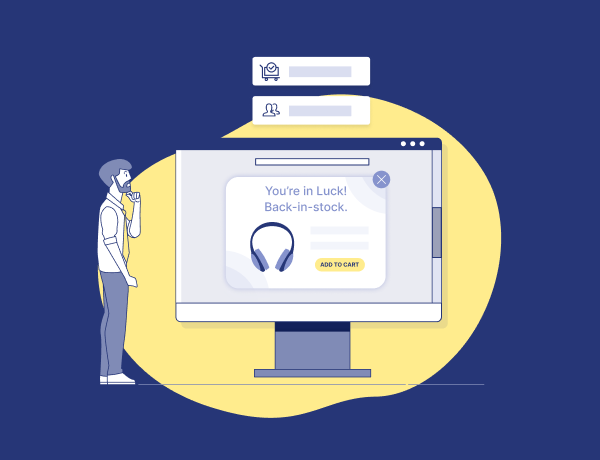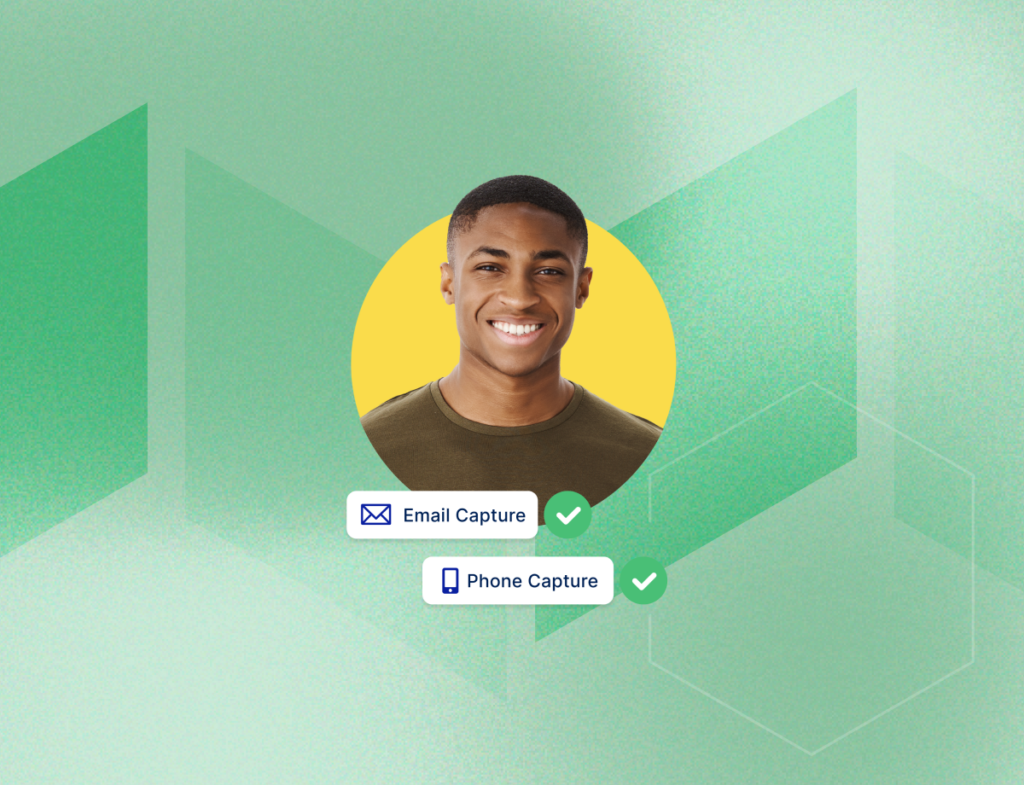In the realm of marketing, certain strategies form a power couple that remains inseparable – their connection so profound that they thrive together, yielding exceptional results. Think of content and SEO or brand awareness and social media, where these dynamic pairs synergize to boost impact and each other’s success.
Identification and triggers constitute another such duo. In the world of retail marketing, these two elements are essential drivers of customer engagement that can yield long-term loyalty. Their harmony creates a baseline efficiency for all retailer campaign activations, propelling customer movement at each stage of a shopper’s lifecycle.
Identification’s role in the greater retail marketing ecosystem
Identification is part of the bigger retail marketing machine. It is the point of entry for driving messaging, cadence, product recommendations, discounts, channel choice, and a myriad of other decisions.
Understanding your customer allows you to activate your campaigns with a new efficiency that will drastically increase acquisition, retention, and revenue. What this equates to is a more expansive set of activations to nurture customers from new visitor to buyer to loyalist.
Identification uses data, online and offline, in a real-time environment to enable accurate and timely connections with shoppers, including online signals gleaned during the current shopping experience. To make the best use of identification, marketers need to put in place a campaign strategy that includes:
- Capabilities across ecommerce, email and other channels to collect shopper signals and behavior that indicate shoppers’ preferences
- Full-funnel triggers to immediately respond to signals from both anonymous and identified shoppers
- Nurture campaigns and experiences that are personalized to drive conversion across the shopper lifecycle
- A system of testing and learning to optimize over time
Marrying ID with triggers
Engagement depends on how you are able to leverage the signal from shoppers’ behavior once they are identified.
Shoppers are typically only in-market and shopping less than 3% of the day. Most of the time, retailers miss that window as they’re focused on pre-defined journeys and complex decision trees, which isn’t reflective of today’s fluid consumer behavior. Brands need to respond to customer signals as they happen, with triggers that include the right recommendations, content, and offers.
In the run-up to BFCM, the window in which you can convert shoppers becomes significantly more narrow. From the shoppers who plan ahead, to the impulsive day-of shoppers, there’s an inherent need for retailers to quickly identify their potential customers and cater an experience to their preferences.
Last BFCM, we saw an increase in shoppers who are planners, with 6% more shoppers viewing six products a dozen times each in the weeks leading up to BFCM. Consideration periods can vary but competition for time, attention, and loyalty remains constant, particularly in today’s retail climate.
As retailers prepare to cater to a diverse range of shoppers, this is where triggers and ID come together to drive critical conversions throughout the entire buying experience in this intensely competitive holiday atmosphere.
There are four main categories of shopper engagement opportunities and the large majority of these should be automated into triggers, each playing a distinct role capturing every conversation opportunity possible. These triggers capitalize on the valuable data gathered during the identification process.
Behavior-based: These triggers respond to specific actions of shoppers, such as cart abandonment or idle browsing, and can be used to activate targeted emails or on-site modules to encourage conversion.
Merchandise-based: These triggers focus on the behavior of retailers’ product catalog, like alerting shoppers about low stock, price drops, or suggesting similar items when a chosen product is out of stock, providing unique opportunities to engage customers. Marrying behavior and merchandise-based activations creates a prolific synergy between shopper and product.
Lifecycle-based: These messages nurture customer relationships and enhance lifetime value by categorizing customers based on their stage in the purchase cycle (active, inactive, lost) and delivering personalized messages, including affinity-based incentives and replenishment reminders.
Broadcast-based: These communications aim to maintain broad awareness and engagement among a wide audience, including special events, sales, branding stories, and batch communications. Outside of the typical nurture flow, technology can automate weekly sends with personalized content, products, and offers tailored to each subscriber.
Identification and triggers form an inseparable power couple in the realm of retail marketing. Identification empowers marketers with valuable customer insights that can be immediately activated with triggers to drive conversions no matter where shoppers are in their lifecycle. As the holiday season approaches, the synergy between these two elements becomes even more crucial, providing retailers with the tools to stay competitive and drive customer movement.





